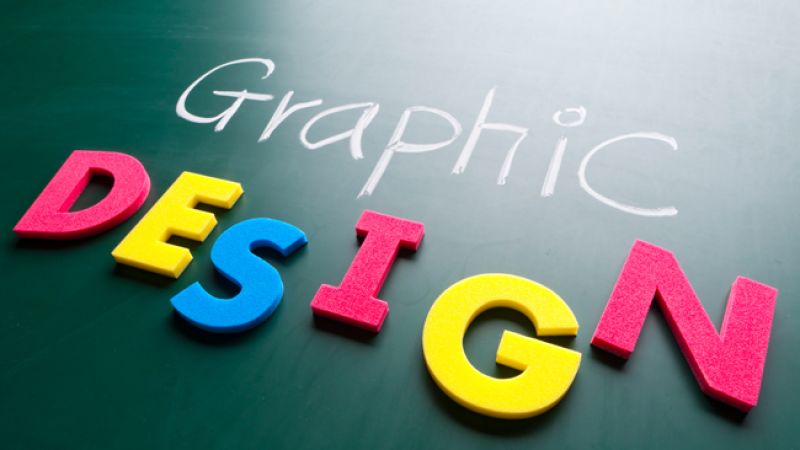As a graphic designer who has spent almost half their life designing for the web, watching the evolution of web technology has been incredible. From watching the initial boom of the internet on dial-up websites, to Web 3.0 and the introduction of HTML5, understanding your audience has always been important—and now more than ever before. Throughout my career I have had the pleasure of working with a variety of companies, with projects encompassing a wide range of audiences. Designing for different age groups is a great way to test your skills, using logic and imagery to appeal to those audiences. The same design elements that work for children are not going to work for adult or seniors, and vice versa. To overcome this, understand your audience. There is no shame in browsing the internet and seeing what others have done. Break the design down into it’s most basic elements:
- Colors and Textures
- Fonts – style, size, and color
- Copy
- Icons
- Borders
- Media/Technology
These elements differ greatly between age groups and can have a major impact on capturing or losing your audience. Let’s take a look at some of the elements within each age group that can make or break your design:
CHILDREN (Ages 2-15) When designing for children, it is common to find pastels or highly saturated colors being used. Flat colors with thick lined borders gives your design a cartoon-ish appearance. You can also use textures and images to create something that looks like kid’s arts and crafts. I love to use watercolor textures, construction paper, cardboard, pipe cleaners and buttons as design elements. Or, take pictures and cut them out–it can have a great effect for a little extra effort. Large illustrated icons are also a must. Keep your design clean and make sure to use a sans-serif bold font. Buttons should be large with very simple CTA (Call To Action) text. Remember what it’s like to be a kid, and build a figurative “candy store”. Make things move. Use animated elements and rollovers. Use video or create games (if applicable). Make sure to capture their attention—make them want to play on your page and explore every inch of it, without breaking the rules of making a navigable website.
REMEMBER: Very young kids will be exploring websites with their parents, so adhere to the usual web standards, like a navigation menu or bar. Some great sites to check out include: Sprout, Cartoon Network, Hasbro, and Nickelodeon
ADULTS (Ages 16-54) The most sophisticated age group to design for is the range in the middle because it encompasses audiences at various stages of life. But, this group is also the most web savvy and have digested the most digital design and content than any other group. Font styles of all types and cutting edge sharpness prevail with this group. Dark colors and complex shades work best here, but only if it enhances the content. Eye- popping photos on the homepage, icons, image sliders, video, and clean space for content have the optimum effect. Wide screen layouts and vertically scrolling HTML5 pages are becoming the mainstream. You want to “wow” this crowd with a combination of cleverness, clean design, and eye candy. Risk taking is best used with this group, as they have the best understanding of how the web works in order to navigate something that breaks web standards in order to push design. Examples to consider for this group include: 2 Advanced Studios, the movie site for Dawn of the Planet of the Apes, Toyota, and DesignZillas
SENIORS (Ages 55+) Ironically, designing for the elderly is very similar to designing for children, only in a more Web 2.0, or basic way. Dated and simple designs prevail here, but that doesn’t necessarily have to be a constraint when designing new material for this group. There are ways to engage this age group without having to avoid newer technology and newer web design elements. There will be a more positive response when primary colors are used with tertiary and complimentary colored highlights. Use bold sans-serif fonts, which are easier to read. However, with any adult group you can maintain some level of sophistication in your designs. Gradients and shadows, 3-D effects and simple texturing work well here. Whereas with children the aim was to build a virtual “candy store,” with older adults you want to make it clear where you want them to go and what you want them to do. Build a clear precise information “funnel”. Are you capturing a lead? Are you selling a product? Make that message the most important message on the screen. Clear, precise, span CTAs are important. Drive them where they need to go. Great examples of senior-focused websites include: Elder Treks, Our Time, and AARP All in all, designing for different age groups doesn’t have to be a daunting task. Understand your audience through research and design with them in mind. Clean design is always a great option, regardless of age. Starting there will go a long way to accomplishing your task.

